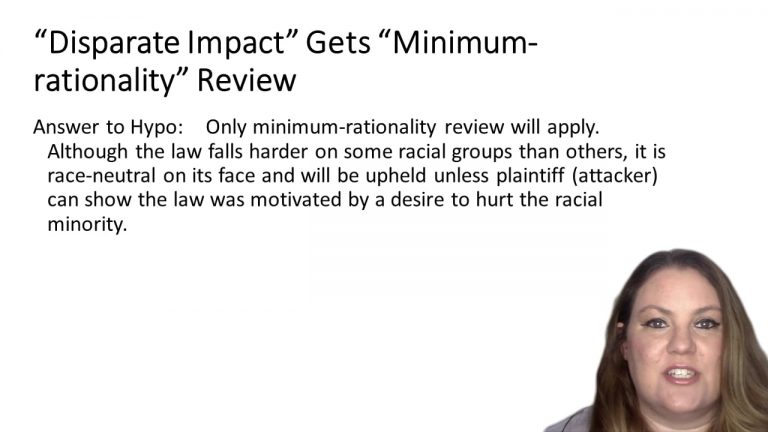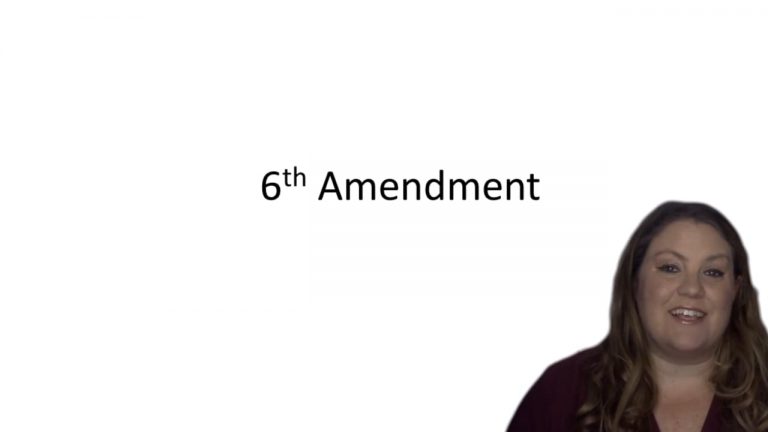SmartBrief
Confirm favorite deletion?
Criminal Law Keyed to Ohlin
Batson v. Kentucky
Citation:
476 U.S. 79 (1986)Facts
Petitioner, a black man, was indicted in Kentucky on charges of second-degree burglary and receipt of stolen goods. On the first day of trial in Jefferson Circuit Court, the judge conducted voir dire examination of the venire, excused certain jurors for cause, and permitted the parties to exercise peremptory challenges. The prosecutor used his peremptory challenges to strike all four black persons on the venire, and a jury composed only of white persons was selected. The trial judge denied petitioner’s motion to discharge the jury, reasoning that the cross-section requirement applies only to selection of the venire and not to selection of the petit jury itself. The jury convicted petitioner on both counts.
Only StudyBuddy Pro offers the complete Case Brief Anatomy*
Access the most important case brief elements for optimal case understanding.
*Case Brief Anatomy includes: Brief Prologue, Complete Case Brief, Brief Epilogue
- The Brief Prologue provides necessary case brief introductory information and includes:
Topic:
Identifies the topic of law and where this case fits within your course outline.Parties:
Identifies the cast of characters involved in the case.Procedural Posture & History:
Shares the case history with how lower courts have ruled on the matter.Case Key Terms, Acts, Doctrines, etc.:
A case specific Legal Term Dictionary.Case Doctrines, Acts, Statutes, Amendments and Treatises:
Identifies and Defines Legal Authority used in this case.
- The Case Brief is the complete case summarized and authored in the traditional Law School I.R.A.C. format. The Pro case brief includes:
Brief Facts:
A Synopsis of the Facts of the case.Rule of Law:
Identifies the Legal Principle the Court used in deciding the case.Facts:
What are the factual circumstances that gave rise to the civil or criminal case? What is the relationship of the Parties that are involved in the case.Issue(s):
Lists the Questions of Law that are raised by the Facts of the case.Holding:
Shares the Court's answer to the legal questions raised in the issue.Concurring / Dissenting Opinions:
Includes valuable concurring or dissenting opinions and their key points.Reasoning and Analysis:
Identifies the chain of argument(s) which led the judges to rule as they did.
- The Brief Prologue closes the case brief with important forward-looking discussion and includes:
Policy:
Identifies the Policy if any that has been established by the case.Court Direction:
Shares where the Court went from here for this case.

 5m 39s
5m 39s 4m 2s
4m 2s